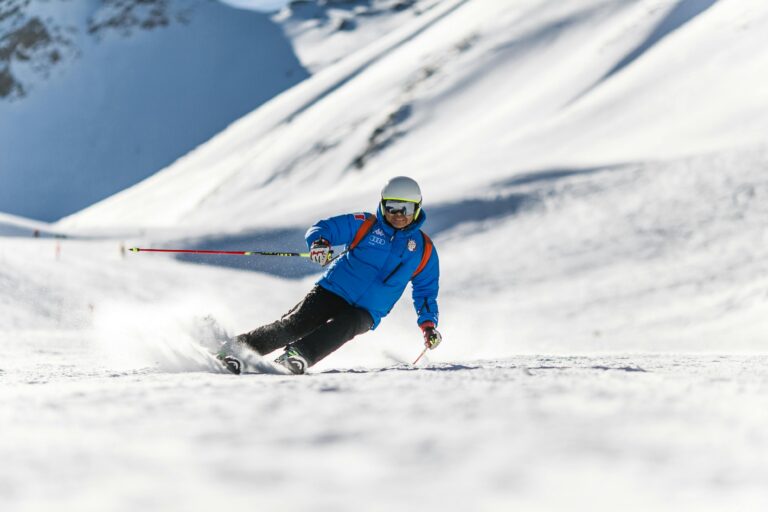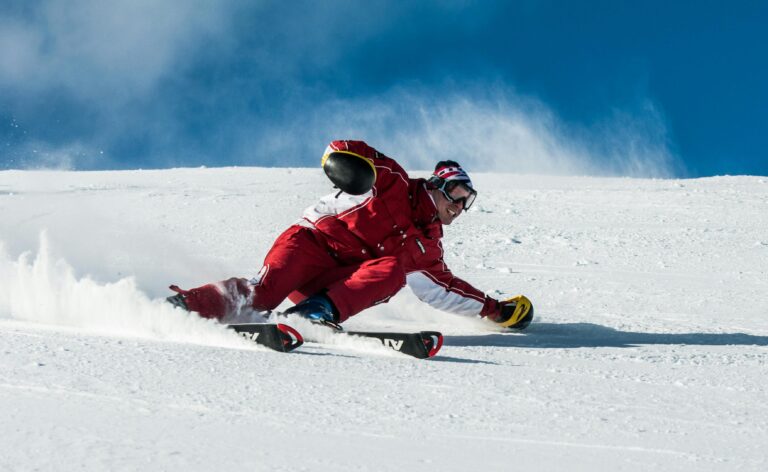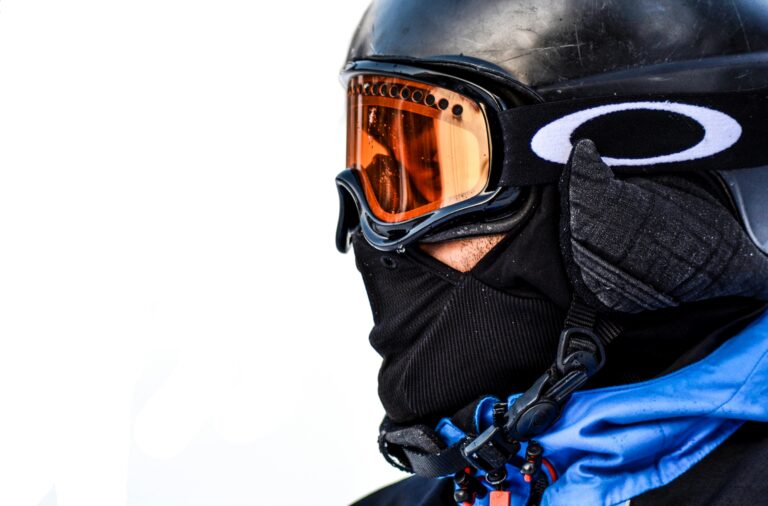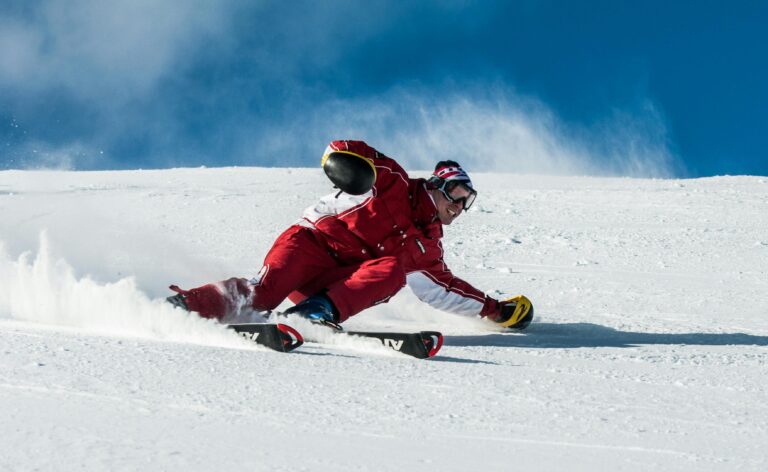Just got a brand-new pair of skis and wondering, “Do I really need to wax these right away?” I get it — when you’re excited to hit the slopes, waxing might feel like an extra chore. But here’s the thing: while new skis do come with some factory-applied wax, it rarely cuts it for top-notch performance. In this post, I’ll explain why waxing your new skis isn’t just a nice-to-have, but a game-changer that keeps your skis sliding smoothly and lasting longer.
Do New Skis Need Waxing?
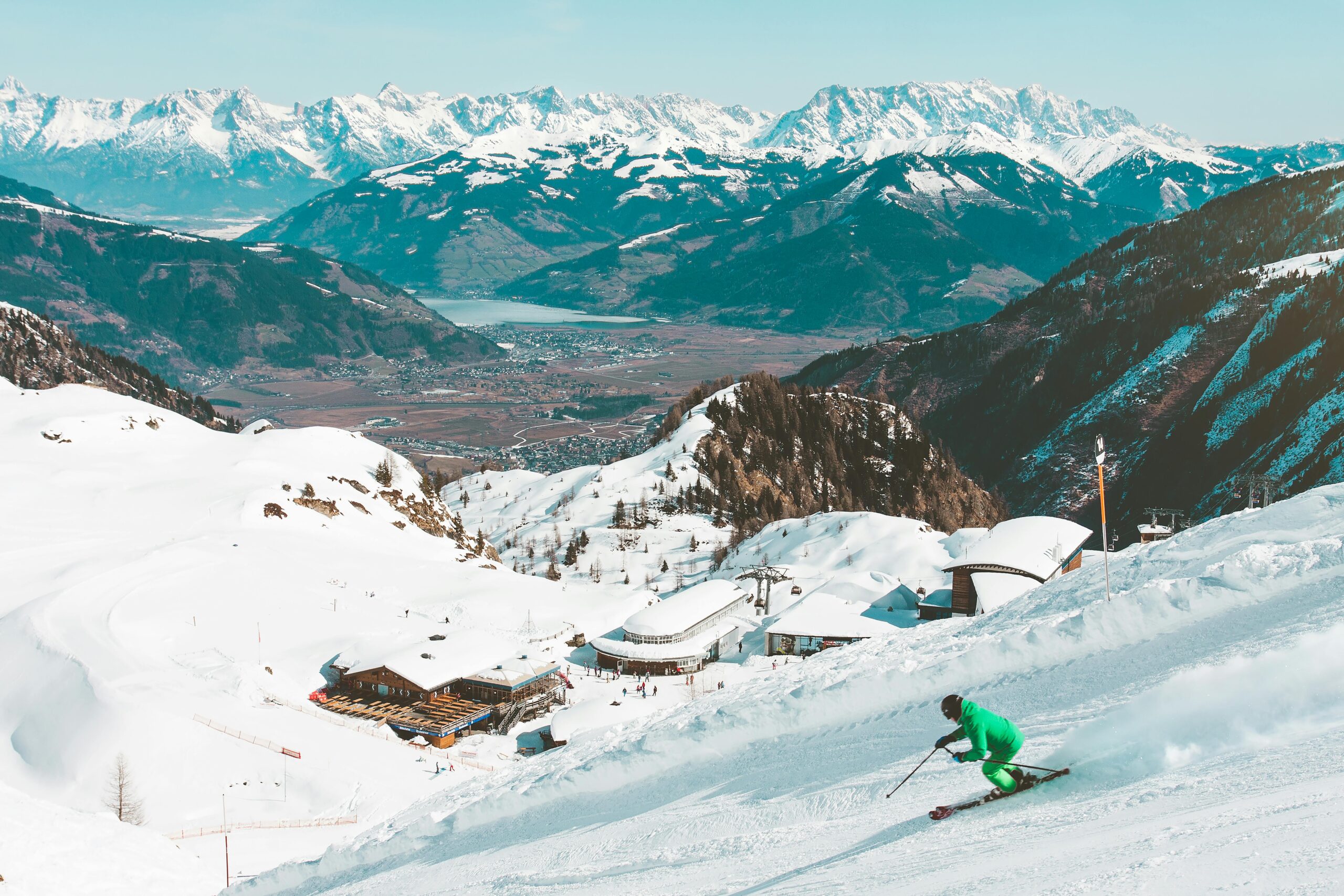
Yes, new skis generally require waxing despite sometimes coming with a factory wax. This initial coating may not provide maximum performance or protection. Regularly waxing ensures better glide, enhances speed, and prolongs the life of the ski bases, especially off the slopes.
Think of that factory wax like those “just out of the box” sneakers — they look ready, but don’t expect to win any races without a bit of breaking in. Factory wax is basic, designed mostly for shipping and storage, not for skiing your favorite trails.
Waxing isn’t just about making your skis look shiny. It helps your skis glide effortlessly over snow — whether it’s fresh powder or icy patches. Better glide means less effort, more control, and a way smoother ride. Especially if you’re into different types of skiing, like alpine, freestyle, or backcountry touring, the right wax can really tailor your skis to your style.
The Impact of Snow Conditions
Wax isn’t one-size-fits-all. Snow temperature and texture matter. For example, soft wax works best in warmer, wetter snow — think spring slush. Hard wax, on the other hand, holds up on cold, dry powder. Choosing the right wax isn’t just a detail; it can noticeably bump your speed and stability.
Here’s a little truth from someone who’s been there: “I didn’t realize how much of a difference new wax would make until I hit fresh powder after properly tuning my skis. It honestly felt like skiing on a whole new set!”
If you want to geek out on why waxing matters, check out our detailed guide: How to Wax & Tune Skis: Why You Need Them.
Understanding Different Wax Types
Remember, not all waxes are created equal:
- Cold Wax: Best for snow below 25°F (-4°C). Harder and perfect for icy, chilly days.
- Warm Wax: Ideal above 25°F (above -4°C) and slushy conditions. Soft and great for wet snow.
- Universal Wax: A handy middle ground for changing weather, balancing cold and warm conditions.
Curious to dive deeper? Here’s a full breakdown: Understanding Different Types of Ski Wax.
And if you prefer watching over reading, check out this tutorial on waxing your skis:
Spending a little time waxing your new skis pays off big — longer ski life, smoother rides, less frustration on the slopes. Trust me, those extra minutes prepping your skis turn into extra hours of fun on the mountain.
And if visual guides are your thing, here’s a great one to wrap it all up:
So go ahead, wax those skis. The mountain’s waiting — and with properly prepped gear, you’re ready to own it.

